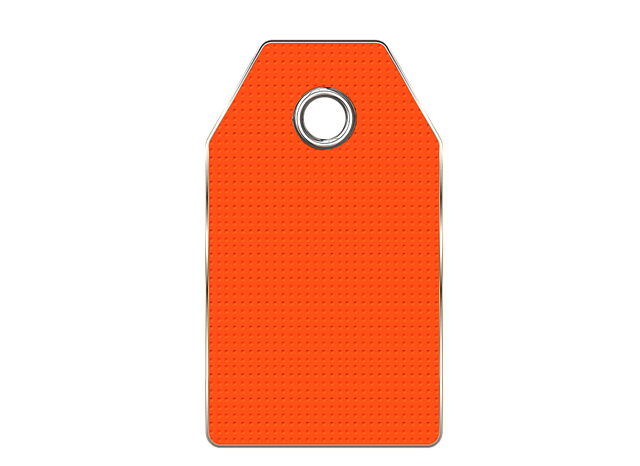Unwanted skin growths like moles, warts, tags, and cysts vary in traits and causes, necessitating tailored removal methods. Sheffield Tag Removal offers multiple safe options including cryotherapy, surgical excision, and laser treatment. Aftercare is crucial for optimal healing, involving cleanliness, dryness, and sun protection. Regular dermatological check-ups monitor skin growths, as some may signal health issues or become cancerous. Seek immediate medical advice if concerns arise.
Unwanted skin growths, such as warts, moles, or tags, can be unsightly and uncomfortable. Understanding their causes and types is the first step in effectively addressing them. This article guides you through various Sheffield tag removal methods, offering both traditional and modern approaches. From surgical excision to topical treatments, we explore safe and efficient techniques, followed by essential aftercare tips to ensure optimal results. Learn how to say goodbye to these skin anomalies with confidence.
- Understanding Unwanted Skin Growths: Causes and Types
- Effective Sheffield Tag Removal Methods and Aftercare Tips
Understanding Unwanted Skin Growths: Causes and Types
Unwanted skin growths can take various forms, from moles and warts to tags and cysts, each with its own unique characteristics and causes. Understanding these different types is a crucial first step in deciding on the best course of action for removal. For instance, Sheffield tag removal techniques may vary significantly from the approach used for a stubborn wart or a benign but unsightly mole.
Many skin growths are harmless, but some can be indicative of underlying health issues or become cancerous over time. Regular checks and consultations with dermatologists are essential to monitor any changes in existing growths or the appearance of new ones. In cases where removal is necessary, various safe and effective methods like cryotherapy (freezing), surgical excision, or topicals are available, each suited for different types and locations of skin growths.
Effective Sheffield Tag Removal Methods and Aftercare Tips
Effective Sheffield Tag Removal methods include a combination of medical procedures and at-home care. One popular and effective approach is cryosurgery, where liquid nitrogen is used to freeze and destroy the growth. This method is often painless and can be performed in a doctor’s office. Another option is surgical excision, involving a quick incision and removal of the tag under local anesthesia. For smaller tags, laser treatment may be recommended, using targeted light energy to burn away the unwanted skin.
After Sheffield Tag Removal, proper aftercare is crucial for optimal healing. Keep the treated area clean and dry, avoiding excessive sun exposure to prevent scarring. Applying gentle, fragrance-free lotion can help soothe the skin. It’s important to follow your dermatologist’s instructions precisely and watch for any signs of infection, such as increased redness, swelling, or discharge. If concerns persist, seek medical advice promptly.
Unwanted skin growths, such as Sheffield tags, can be unsightly and uncomfortable. However, with the right approach, removal is achievable. By understanding the causes and types of these growths, you can choose the most effective Sheffield tag removal method for your needs. Following proper aftercare tips ensures optimal results and minimizes potential complications. Remember, seeking professional advice from a dermatological expert is always recommended for safe and successful Sheffield tag removal.
